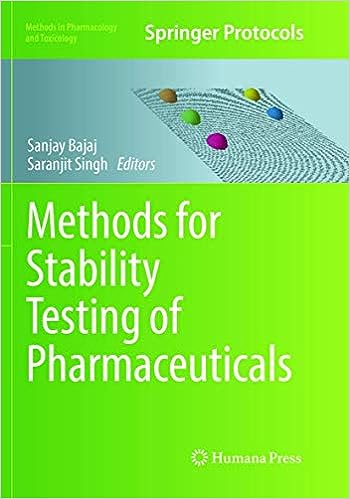Unveiling the PIC/S Guide Annex 2 for Good Manufacturing Practice
The PIC/S Guide to Good Manufacturing Practice for Medicinal Products holds immense significance, particularly Annex 2 that pertains to the Manufacture of Biological Medicinal Substances and Products for Human Use. Within this comprehensive guide, there’s a particular aspect that resonates profoundly – the intersection of stability studies with the principles outlined in Annex 2.
Stability studies stand as an integral pillar in ensuring the quality, safety, and efficacy of biopharmaceutical products. Annex 2 recognizes this critical importance and provides a framework that aligns seamlessly with the principles of good manufacturing practice for
The Annex emphasizes the necessity of conducting stability studies under conditions that mimic real-world scenarios. This aligns perfectly with the overarching
theme of Annex 2, which centers on maintaining control over complex biological manufacturing processes. The guide underscores the importance of accurately replicating temperature, humidity, and light conditions that the product might encounter during storage, transportation, and usage.As a professional invested in biopharmaceutical manufacturing, I appreciate how Annex 2 provides insights into the various factors that influence stability studies. It underscores the importance of proper container-closure systems, as well as the consideration of specific storage and handling conditions. This level of detail ensures that stability studies are conducted in a manner that is not only scientifically rigorous but also contextually relevant.
Moreover, Annex 2 highlights the connection between stability studies and risk management, which is a cornerstone of the modern pharmaceutical industry. By identifying potential risks to the product’s stability and assessing their impact, manufacturers can proactively mitigate the likelihood of quality deviations. This approach resonates with the ethos of Annex 2, which encourages a holistic and vigilant approach to biopharmaceutical manufacturing.
The guideline’s emphasis on analytical methods aligns seamlessly with stability studies. Annex 2 underscores the necessity of using stability-indicating methods to accurately assess product quality. These methods play a pivotal role in detecting degradation products and changes in critical attributes, ensuring that the product’s stability profile is accurately represented.
In conclusion, the alignment between stability studies and the principles outlined in Annex 2 of the PIC/S Guide to Good Manufacturing Practice for Medicinal Products is truly remarkable. As someone deeply involved in the biopharmaceutical field, I find this synergy to be a testament to the guide’s comprehensive and forward-thinking approach to biopharmaceutical manufacturing. By embracing stability studies as a crucial component of product assessment, Annex 2 reinforces the commitment to patient safety, product efficacy, and manufacturing excellence.
Link to PIC/S Guide to Good Manufacturing Practice for Medicinal Products

